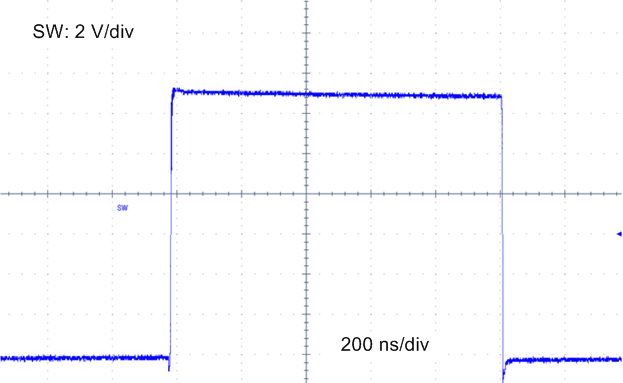SNAS744B July 2017 – March 2018 LMS3655
PRODUCTION DATA.
- 1 Features
- 2 Applications
- 3 Description
- 4 Revision History
- 5 Device Comparison Table
- 6 Pin Configuration and Functions
- 7 Specifications
- 8 Detailed Description
-
9 Application and Implementation
- 9.1 Application Information
- 9.2
Typical Applications
- 9.2.1 General Application
- 9.2.2 Adjustable 5-V Output
- 9.2.3 Adjustable 3.3-V Output
- 9.2.4 6-V Adjustable Output
- 9.3 Do's and Don't's
- 10Power Supply Recommendations
- 11Layout
- 12Device and Documentation Support
- 13Mechanical, Packaging, and Orderable Information
Package Options
Mechanical Data (Package|Pins)
- RNL|22
Thermal pad, mechanical data (Package|Pins)
- RNL|22
Orderable Information
8.1 Overview
The LMS3655 devices are wide-input voltage range, low quiescent current, high-performance regulators with internal compensation. This device is designed to minimize end-product cost and size while operating in demanding high-performance industrial environments. Normal operating frequency is 400 kHz allowing the use of small passive components. This device has a low unloaded current consumption, eliminating the need for an external backup LDO. The LMS3655 low shutdown current and high maximum operating voltage also allow for the elimination of an external load switch. To further reduce system cost, an advanced reset output is provided, which can often eliminate the use of an external reset or supervisor device.
The LMS3655 family is designed with a flip-chip or HotRod™ technology, greatly reducing the parasitic inductance of the pins. In addition, the layout of the device allows for partial cancellation of the current generated magnetic field which reduces the radiated noise generated by the switching action.
As a result the switch-node waveform exhibits less overshoot and ringing.
 Figure 9. Switch Node Waveform (VIN = 13.5 V, IOUT = 5.5 A)
Figure 9. Switch Node Waveform (VIN = 13.5 V, IOUT = 5.5 A)The LMS3655 is available in a VQFN package with wettable flanks which allows easy inspection of the soldering without the requirement of x-ray checks.